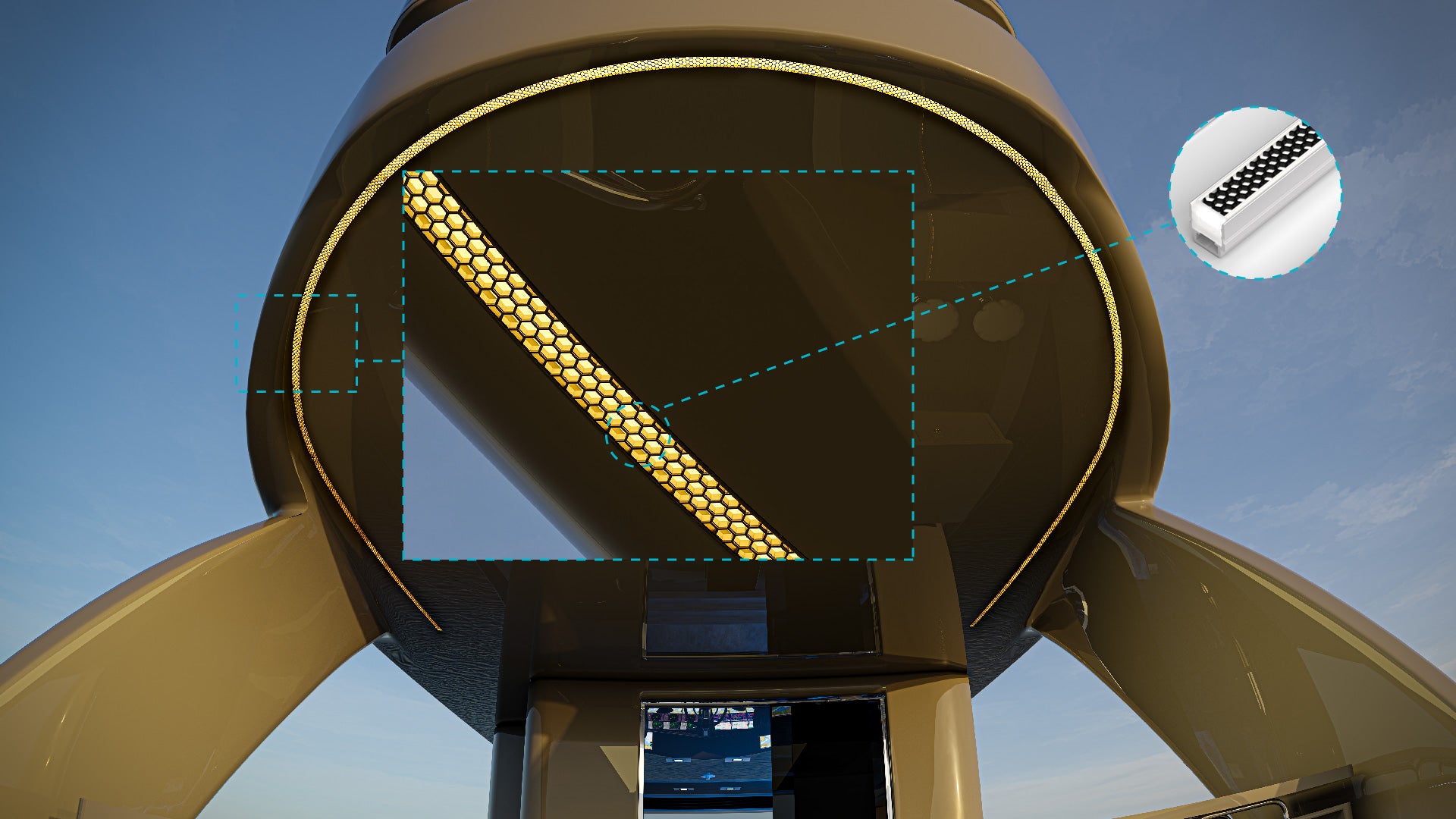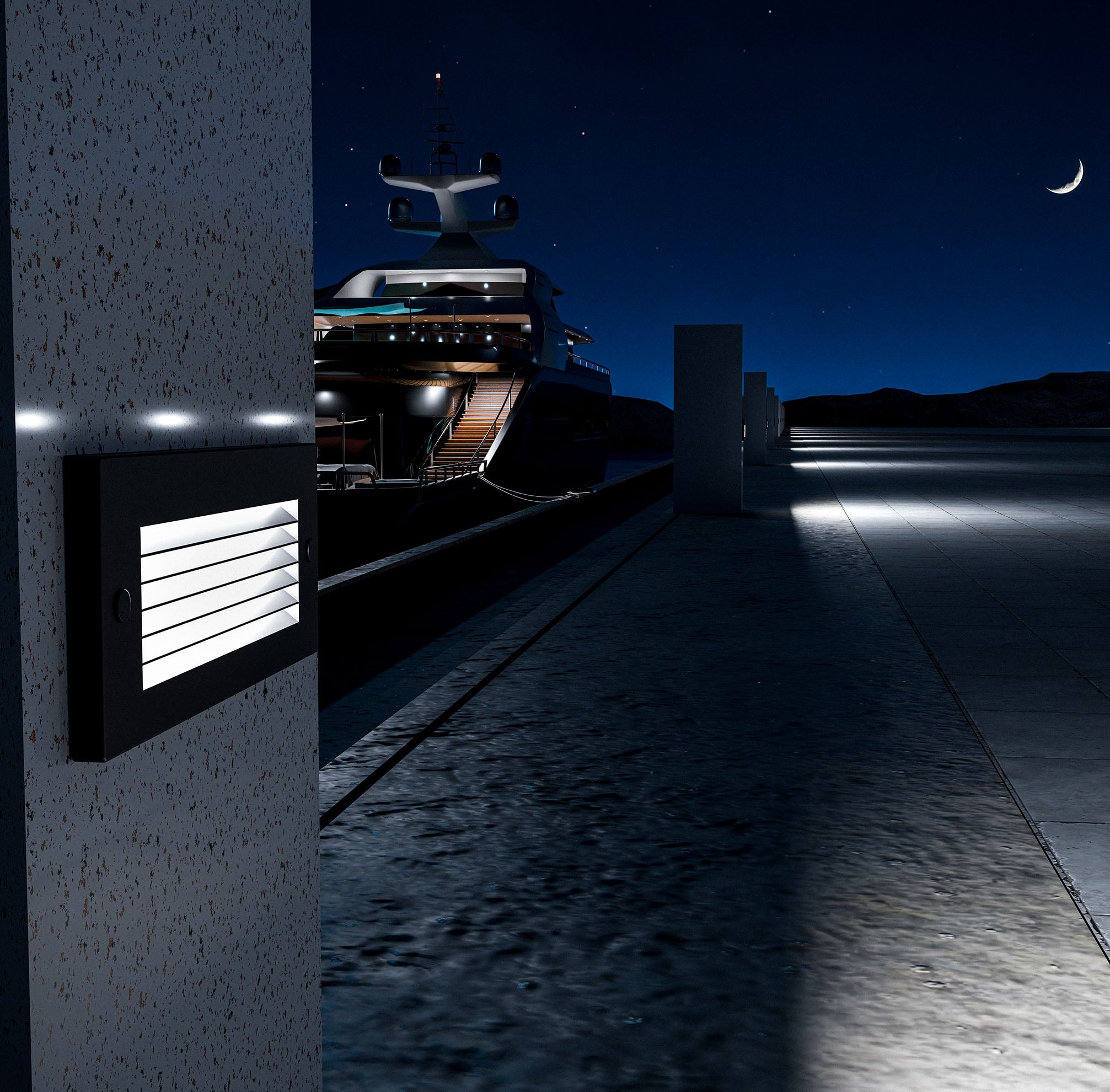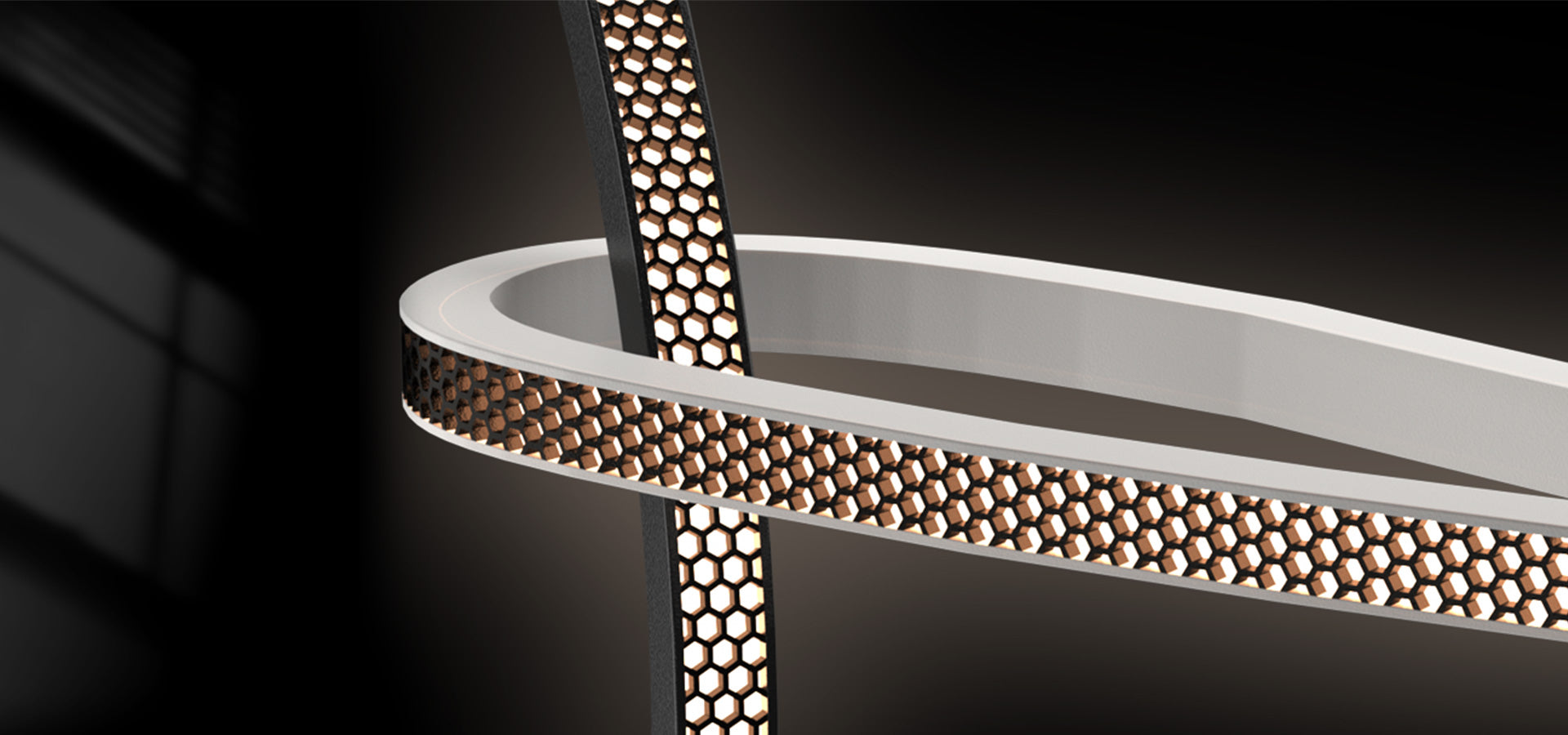What is the Hull of a Boat?
Hull refers to the main body or shell of a boat or ship, excluding the deck, superstructure, and other fittings. It is the structural foundation of any vessel, designed to provide buoyancy, stability, and strength, allowing the boat to float, support weight, and move smoothly through water. The hull’s design, shape, and material play a crucial role in determining the vessel’s speed, maneuverability, and suitability for different types of water conditions.
What does the Hull of a Boat do?
The shape of the hull greatly influences a boat's performance and functionality. There are several hull types, each optimized for specific activities and environments. For example, planing hulls are flat-bottomed or V-shaped and are designed to lift the boat onto the water’s surface at high speeds, reducing drag and allowing for faster movement, making them ideal for speedboats. On the other hand, displacement hulls are rounded or U-shaped, designed to cut through the water rather than skim over it. This type is slower but provides a smoother ride in rough water, making it popular for larger vessels and long-distance cruising.
The hull also includes structural components such as bulkheads, frames, and stringers, which provide rigidity and support, ensuring the vessel maintains its shape and structural integrity even under heavy loads or turbulent conditions. Hulls can be constructed from various materials depending on the type of vessel and its intended use. Traditional wooden hulls are still valued for their aesthetic and durability, while modern boats often use fiberglass or aluminum, which are lightweight and resistant to corrosion, or steel for large, heavy-duty vessels.
Context about the Hull
In marine terminology, parts of the hull are often used as reference points for navigating and maneuvering. For instance, the bow (front) and stern (rear) are both part of the hull, while port (left side) and starboard (right side) are hull-based directional terms. The hull’s design must balance buoyancy, stability, and weight distribution to ensure safety and comfort for passengers. A well-designed hull can handle challenging water conditions, reduce fuel consumption, and improve overall handling, making it a vital component in the performance and durability of any boat.








